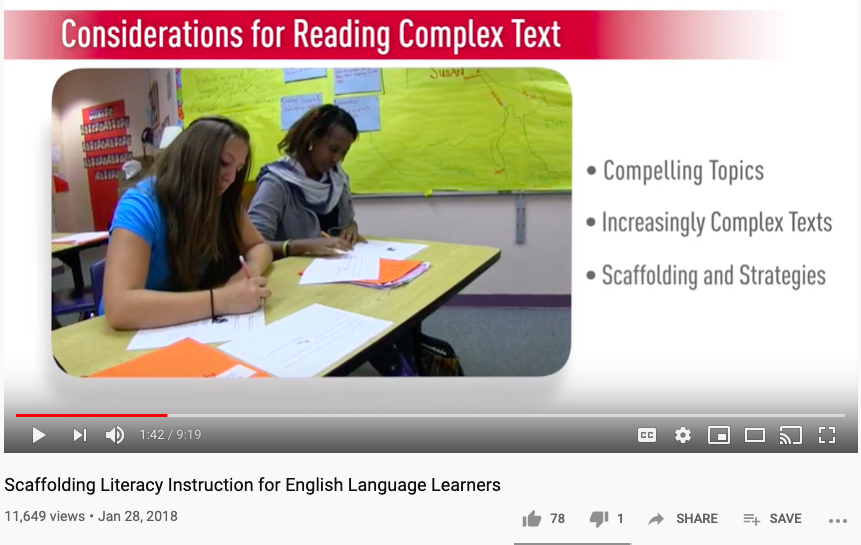We are preparing to teach an upcoming section of our course, Accessing Inquiry for English Learners through Primary Sources, and reflecting on what specialists in English language acquisition tell us about making history and social studies accessible.
There are excellent strategies to increase access for dual language learners (and all students, really) through being intentional about the vocabulary in a lesson, and adding visual sources and organizers.
But in addition, history and social studies teachers can increase their effectiveness by learning how the stages of learning a new language in the classroom apply specifically to decoding and understanding the ways we write and speak about history. History and social science are fundamentally concerned not just with learning WHAT HAPPENED, but WHAT LED TO what happened, with pre-cursors, causes, and consequences. As fluent English speakers, we can take for granted the many ways that cause and effect are suggested in text. If a student searches only for key signals like “caused” or “led to”, he or she may fail to find connections in the text that are expressed in other ways.
Insights like these can prepare teachers to teach their students how to direct their close reading to sift for and catch associations between events and conditions, and better question and challenge --or support-- the claims of authors about cause and effect. “The violence was the people’s retaliation for years of exploitation.” “As factories produced more of the goods women on farms had once made, the need for women’s labor declined.” (Examples are from de Oliveira, citation below.) Helping students to recognize cause-and-effect statements made in a variety of ways can make an important difference in engaging dual language learners in the search for evidence that supports the cause and effect claims.
The goal of all teaching–helpfully magnified when planning to engage students at lower levels of English proficiency–is to make learning memorable, and to increase skill and independence in finding things out. Enabling students to be advanced, complex thinkers about history can help motivate growth and learning in English literacy.
We encourage History and Social Studies teachers to share with us the approaches and strategies they have used with English learners in their classrooms, and we welcome submissions for guest posts. Please contact me at anoyes@collaborative.org with your ideas.
Cited: De Oliveira. (2016). Examining Cause and Effect in Historical Texts: An Integration of Language and Content. Chapter 2, pp. 7-17 in The Common Core State Standards for Literacy in History/Social Studies, Science, and Technical Subjects: for English language learners grades 6-12; L.C. De Oliviera, Ed.. TESOL Press.




